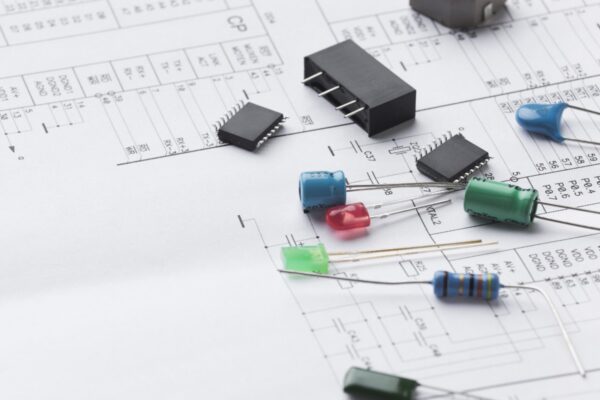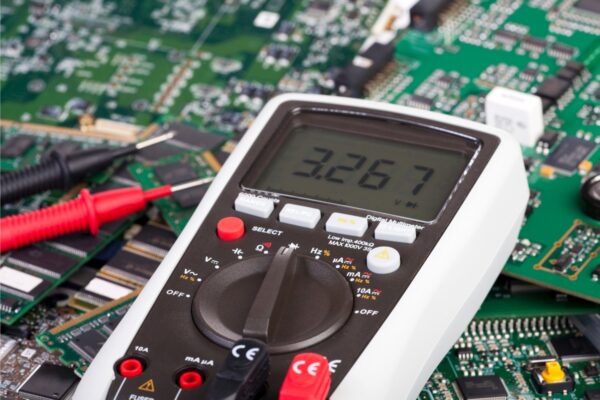What is Discrete Component
A discrete component is an elementary electronic device that is constructed as a single unit and performs a specific function within an electrical circuit. Before the advent of integrated circuits (chips), all transistors, resistors, capacitors, and diodes were considered discrete components. These components are distinct and separate entities within a circuit, as opposed to integrated circuits that combine multiple functions into a single package.
Discrete components can be categorized as either passive or active. Passive components, such as resistors and capacitors, do not require an external power source and primarily control the flow of current or store electrical energy. Active components, such as transistors and vacuum tubes, require an external power source and can amplify or switch electronic signals.
On a circuit board, discrete components are often intermingled with integrated circuits, and it is rare to find an electronic product that does not contain at least a few discrete resistors or capacitors. These components are widely used in amplifiers and other electronic products that require the handling of large amounts of current.
While the use of discrete components has decreased with the advancement of integrated circuits and the trend towards miniaturization, they still play a crucial role in certain applications. Some devices are designed and built in a way that requires the use of discrete components for specific functions that cannot be replaced by integrated circuits.





